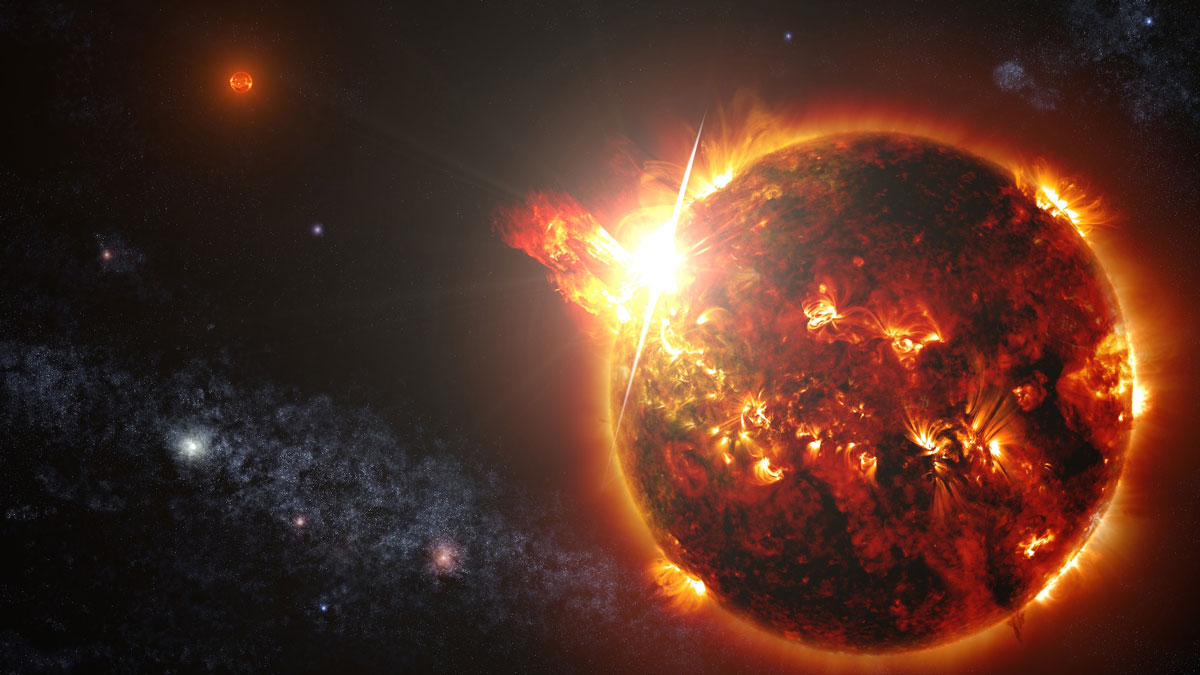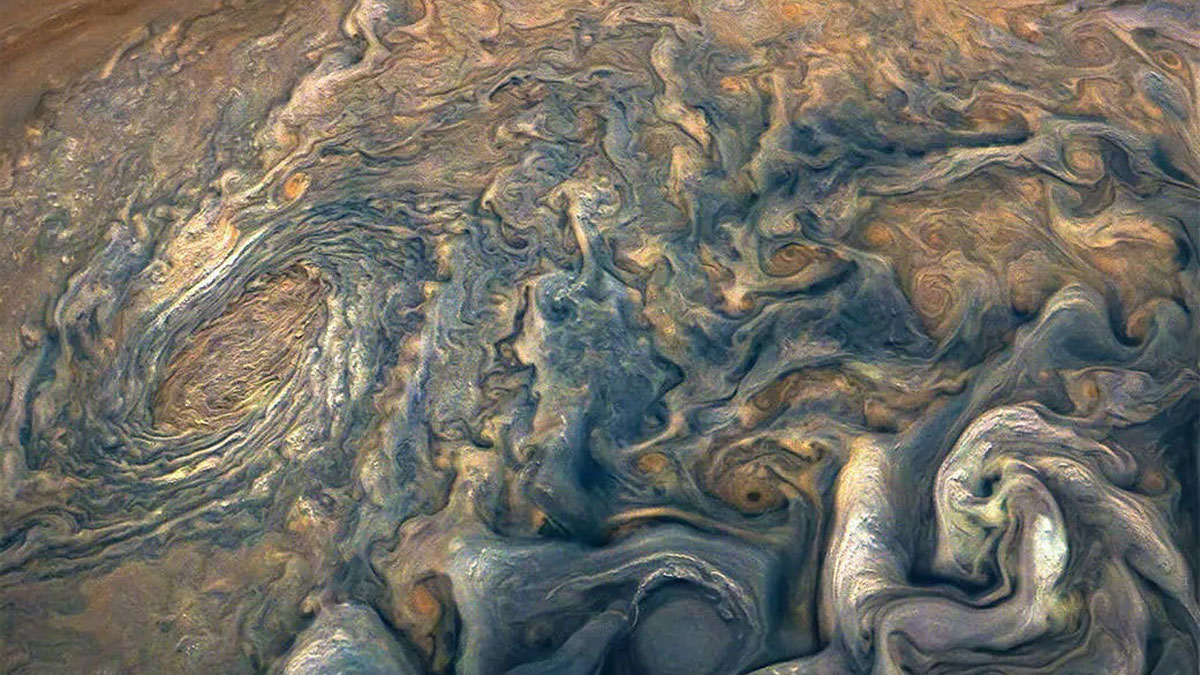Faint magnetic properties in primitive asteroid fragments suggest an early magnetic field strong enough to shepherd the growth of the outer planets.
astronomy
Planetary Perturbations May Strengthen Gaia
Large-scale disruptions to life may ultimately increase ecological complexity over geologic timescales, though the risk of extinction always looms.
Small Stars Produce Mighty UV Flares
Stronger-than-expected ultraviolet flares could either provide exoplanets the sparks of life or prevent them from having life at all.
All Eyes on Jupiter
Astronomers hope amateur enthusiasts will help them monitor Jovian weather.
Anemic Stars Don’t Host Super-Earths
Planetary systems need the right stuff to make planets, and some stars just don’t have it.
Britney Schmidt: Following the Ice
An Earth and planetary scientist is most at home in cold places that mimic the worlds of the outer solar system.
Saving the Planet with Radar Astronomy
Once the largest telescope in the world, Arecibo kept watch for dangerous asteroids using radar. With it gone, the world is preparing the next generation of radar observatories.
Black Space Week Celebrates Fifth Anniversary
The annual event has grown from a viral hashtag to a global uplifting of Black experiences with space.
Tatooine, Trisolaris, Thessia: Sci-Fi Exoplanets Reflect Real-Life Discoveries
After astronomers discovered exoplanets wildly different from Earth, exoplanets in science fiction became less Earth-like, too.










